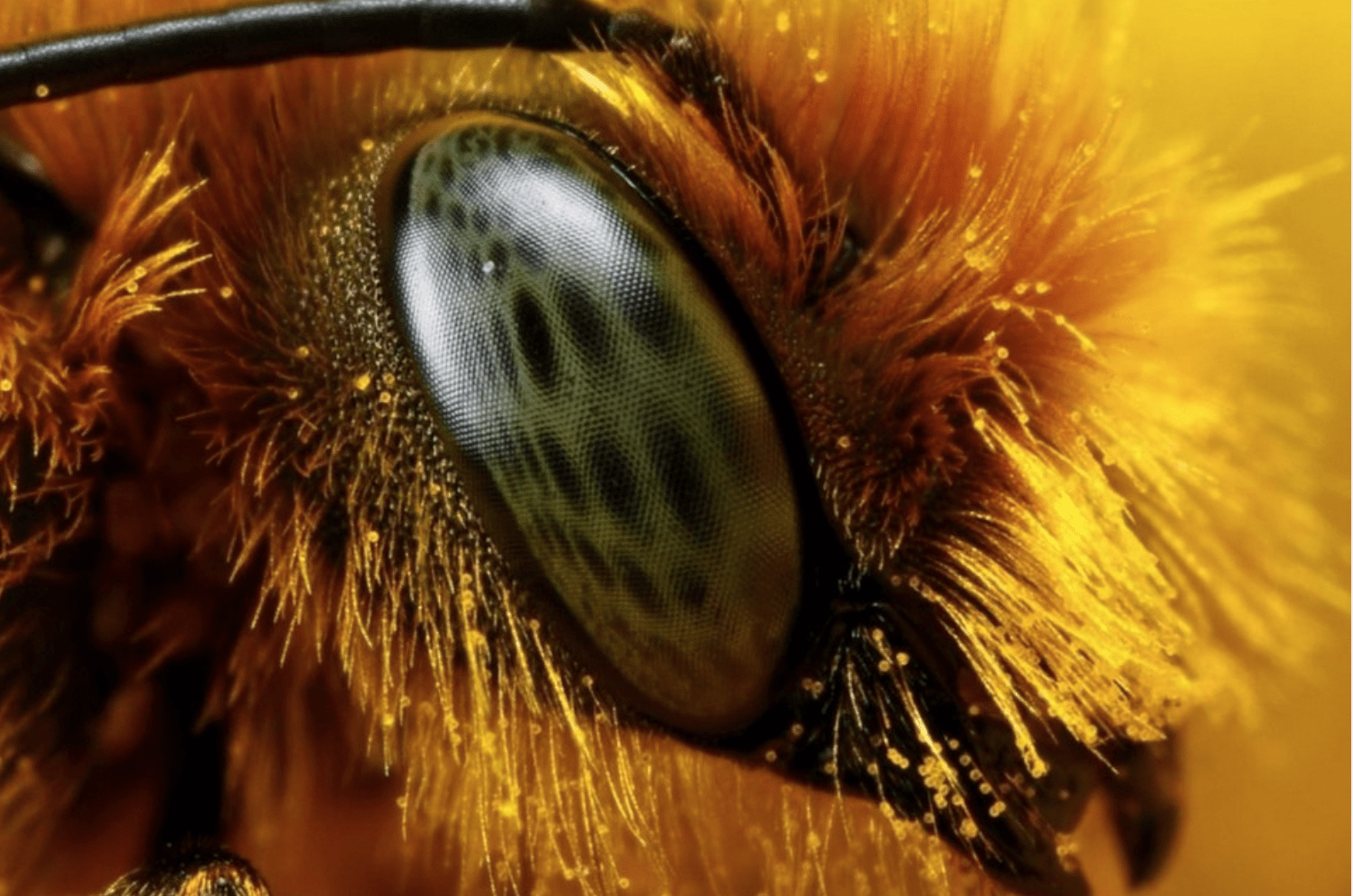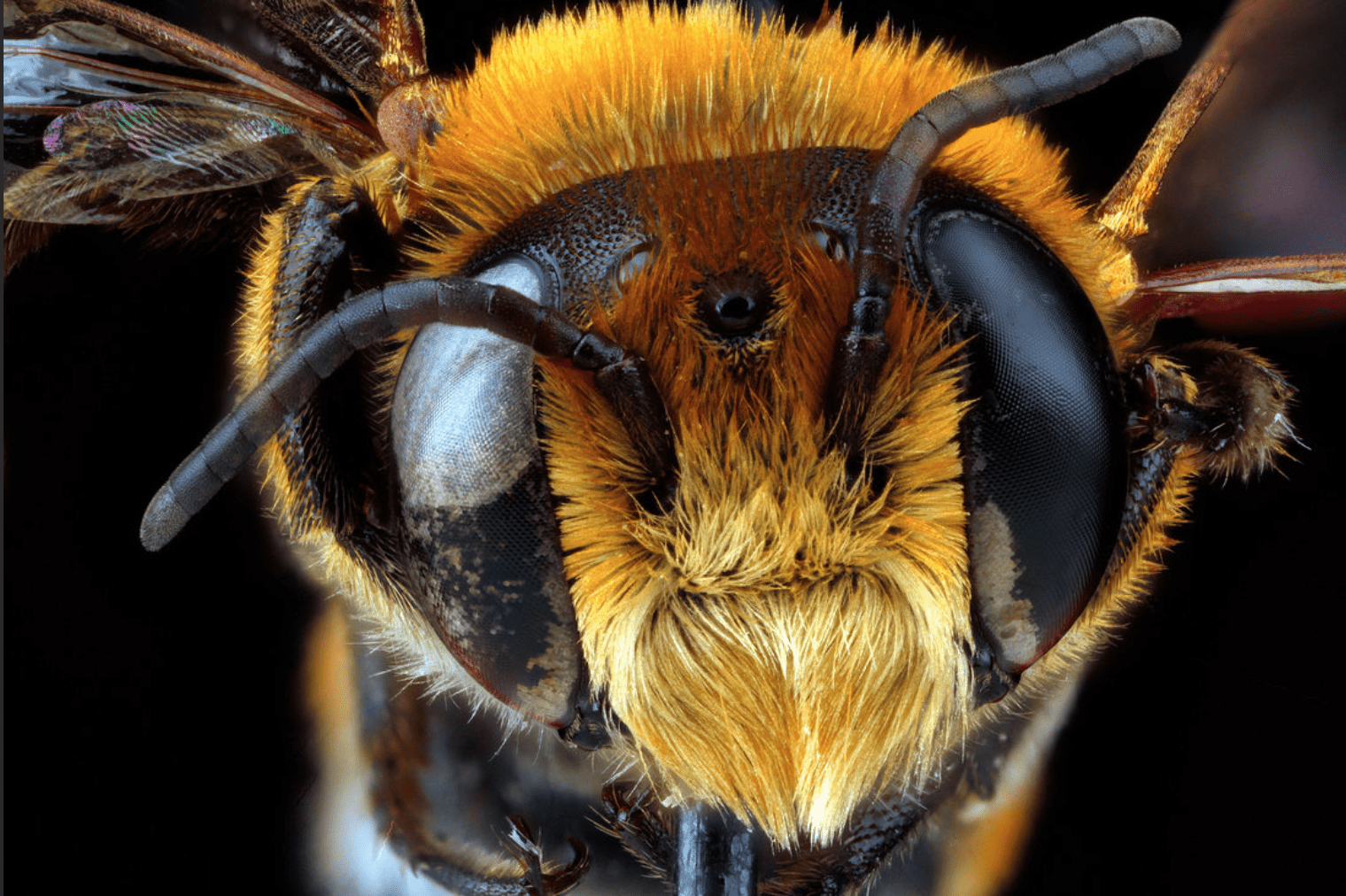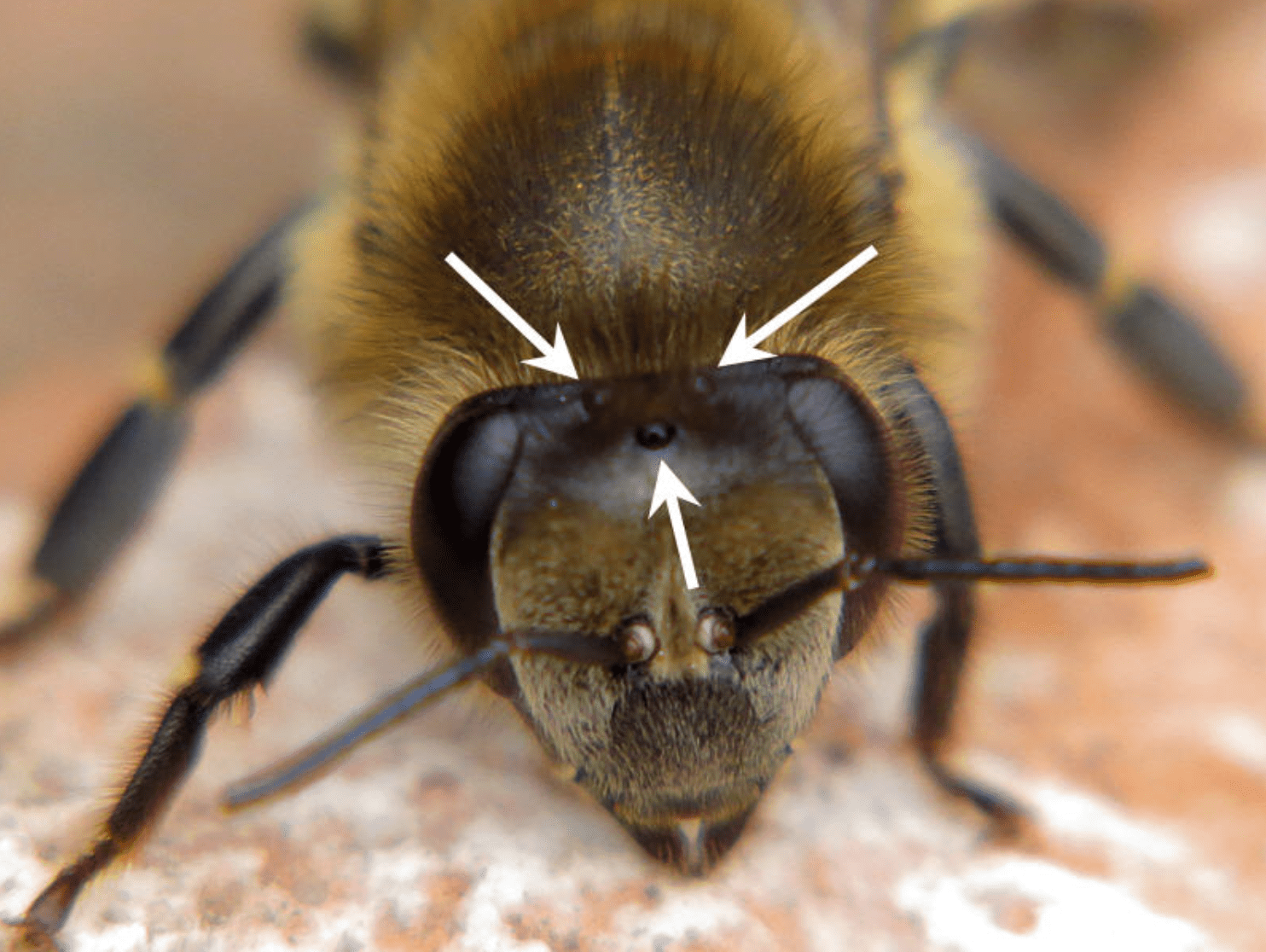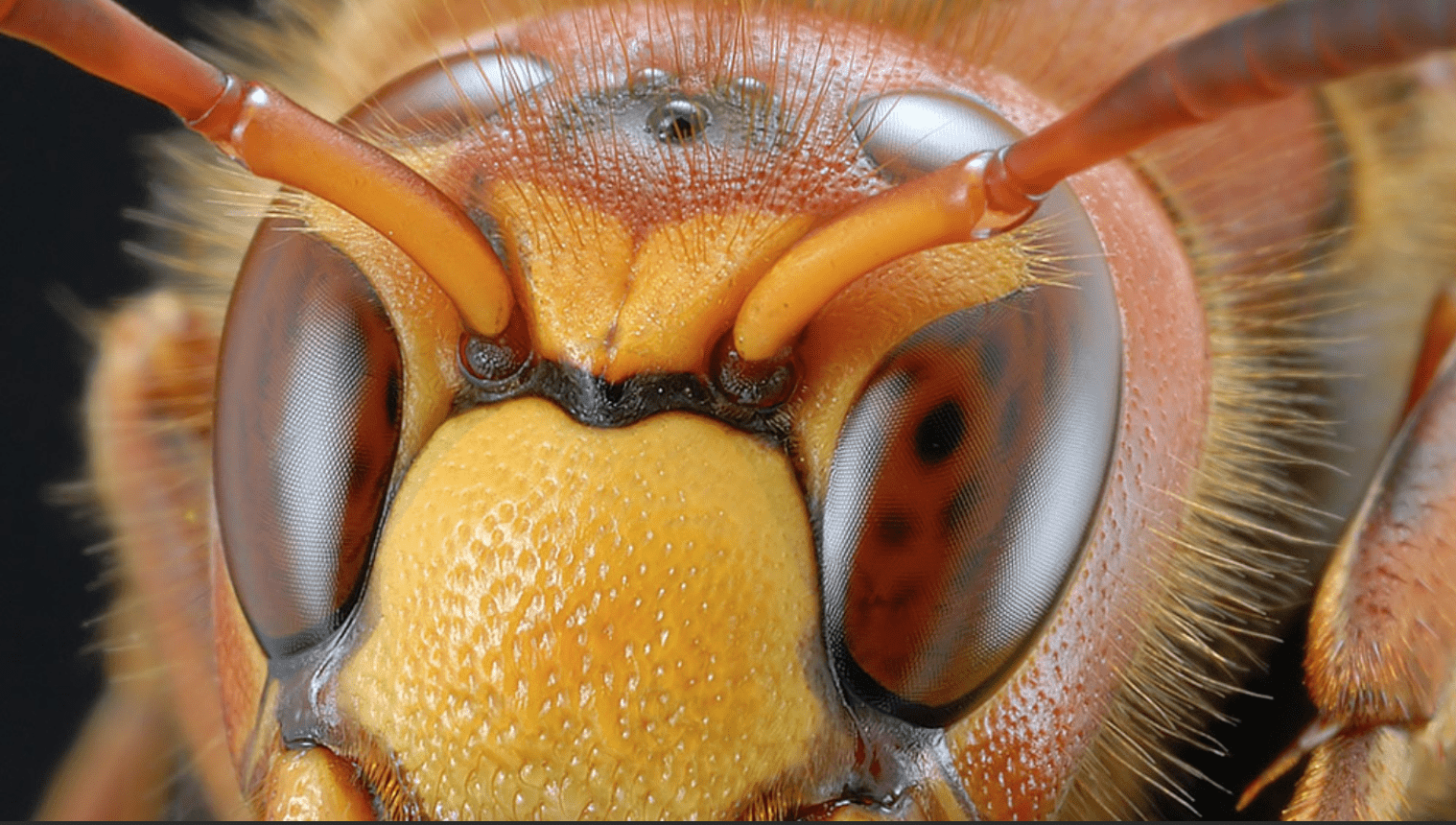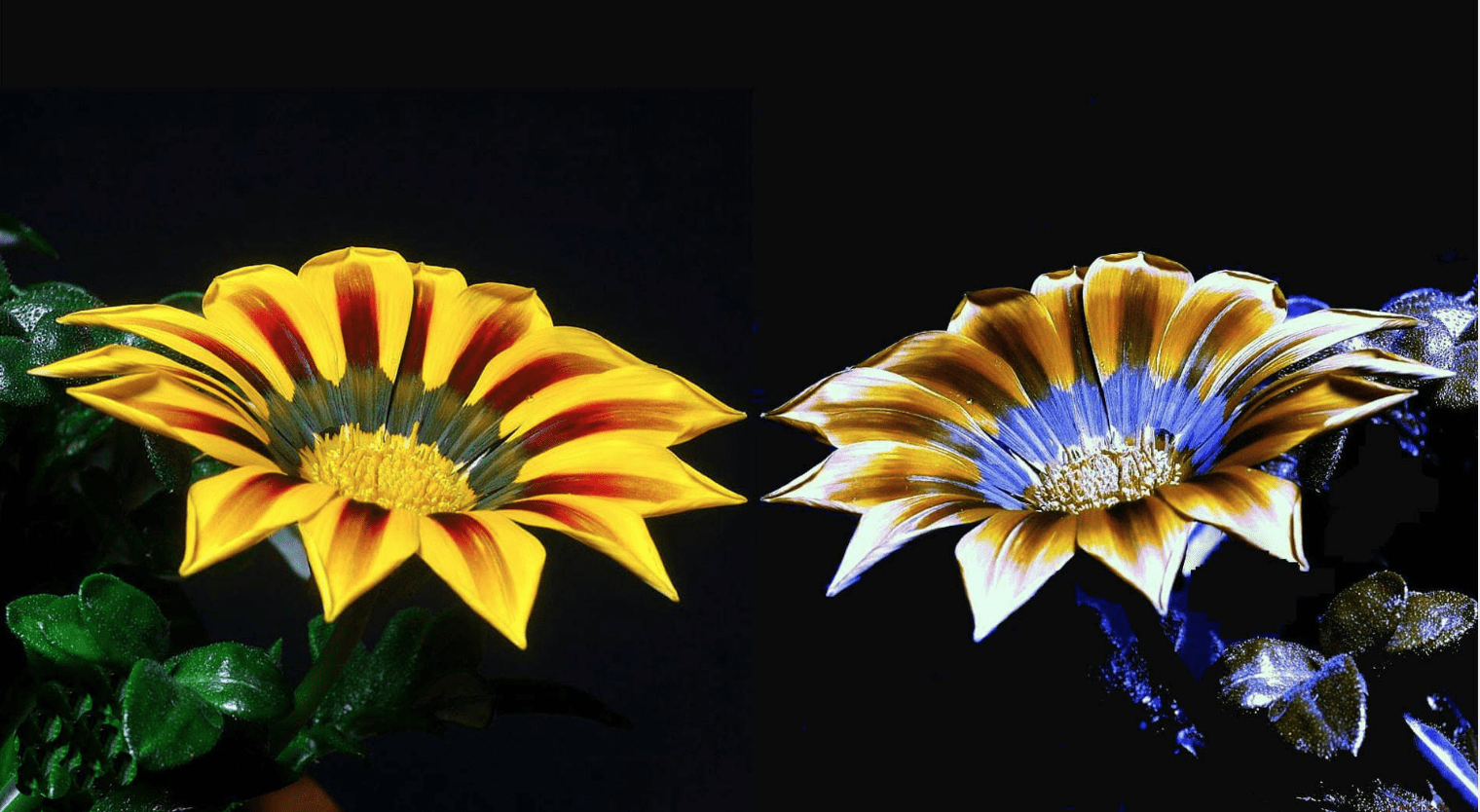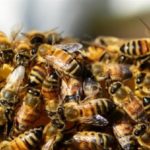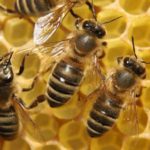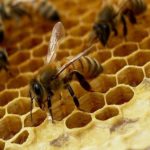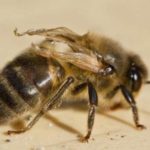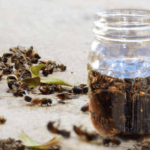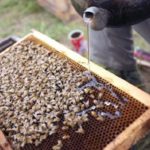Bees have an extremely complex visual system. It consists of different bodies, each of which is responsible for performing specific functions. These components help insects navigate the area and compensate for the lack of light. Moreover, not every person knows exactly how many eyes a bee has.
Types of eyes in bees
Bees are characterized by a complex structure of their visual organs. They have two types of eyes. These include complex compound eyes and more primitive simple ones. Each variety is characterized by its own characteristics.
Compounded eyes form elongated bulges on the sides of the head that descend downwards. If you examine them under a microscope, you will be able to see hexagonal embossing on the surface. This is why the eyes are often called reticular. If you count the number of cells in one eye, you can see that in working individuals it exceeds 6 thousand, and in drones - 8 thousand.
The structure of bee eyes includes as many individual eyes as there are hexagons on the surface. They are called ommatidia. Each of the ocelli consists of a bundle, which includes 8-9 elongated optic cells.
They have thin edges that turn inside the beam and form a glassy axis. It is there that light stimuli that penetrate through the crystal cone and chitinous lens are processed. Each individual eye is capable of registering only those rays that run parallel or almost parallel to the axis.
Location
In worker bees, simple eyes are located on the crown of the head. Moreover, in drones and queens they are located directly on the forehead. Compounded eyes are best seen in drones as they close at the crown of the head. Moreover, in queen bees and worker bees it is almost impossible to distinguish these elements of the visual organ.
Quantity
Regardless of the variety, bees have 5 eyes:
- 3 small dorsal ocelli;
- 2 large eyes with a complex structure.
One eye of a honey bee measures about 2 millimeters.In this case, the number of visual organs remains the same for all individuals. The largest eyes have drones, and the smallest eyes have queens.
Why so much?
Initially, honey-bearing insects have a poorly developed visual apparatus. To compensate for their not very well developed vision, bees have several organs. Thanks to the presence of 5 eyes, insects can navigate the area, receive information about flowering and perceive different objects. Large eyes make it possible to see objects and create a holistic picture of the world.
The dorsal organs, called ocelli, are responsible for perception at dusk. With their help, insects learn that dawn is approaching. In the same way, they receive information about the end of the day. Ocelli serve as a partial replacement for the sense of touch. In addition, they perform additional functions in the binocular system. With the help of facet organs, insects form a picture in the form of a mosaic. It includes individual points and allows you to achieve a holistic view of objects.
Compounded eyes with a complex structure are used as the main element of the visual apparatus. In this case, the simple organs of vision are considered a secondary component. They provide insects with objective data about their environment.
What the world looks like through the eyes of bees
The range of color vision of the honey bee is very limited. It predominantly includes blue, yellow and green tones. At the same time, insects have no way of distinguishing red from black. Therefore, at night the bee colony can be inspected using a red flashlight. This does not cause concern to the insects, and they behave peacefully.
Features of color perception are used in apiaries when painting hives.They need to be coated with paint that bees can distinguish. This helps them navigate and not fly into other families.
Of particular importance is the coloring of the landing board and the area around the entrance. This helps insects find their nest. In addition, there is no need to worry that the queen will be lost during mating. In addition to the main shades, insects distinguish ultraviolet rays. Honey plants are colored in colors that are accessible to bees.
There are some peculiarities in the perception of forms. Insects cannot distinguish between geometric shapes such as a circle or a rectangle. At the same time, bees perfectly perceive stars and cross-shaped objects.
Bees have a complex structure of visual organs. Their structure includes two types of eyes. This helps insects navigate the area and obtain flower nectar.

